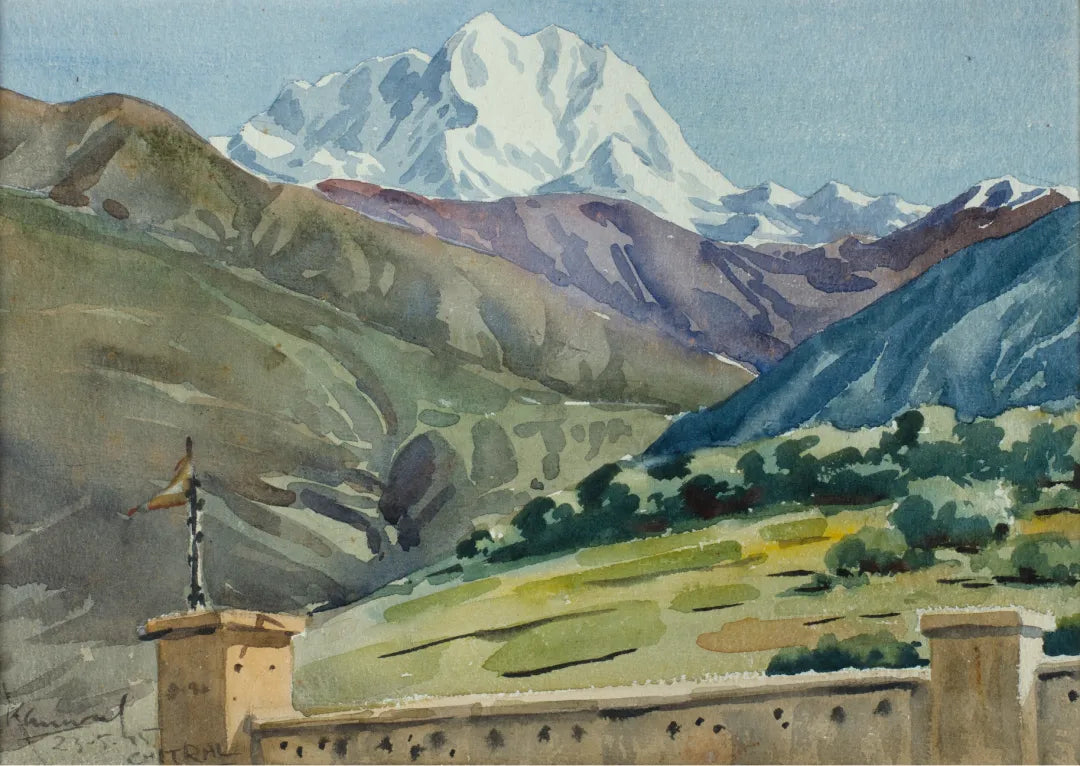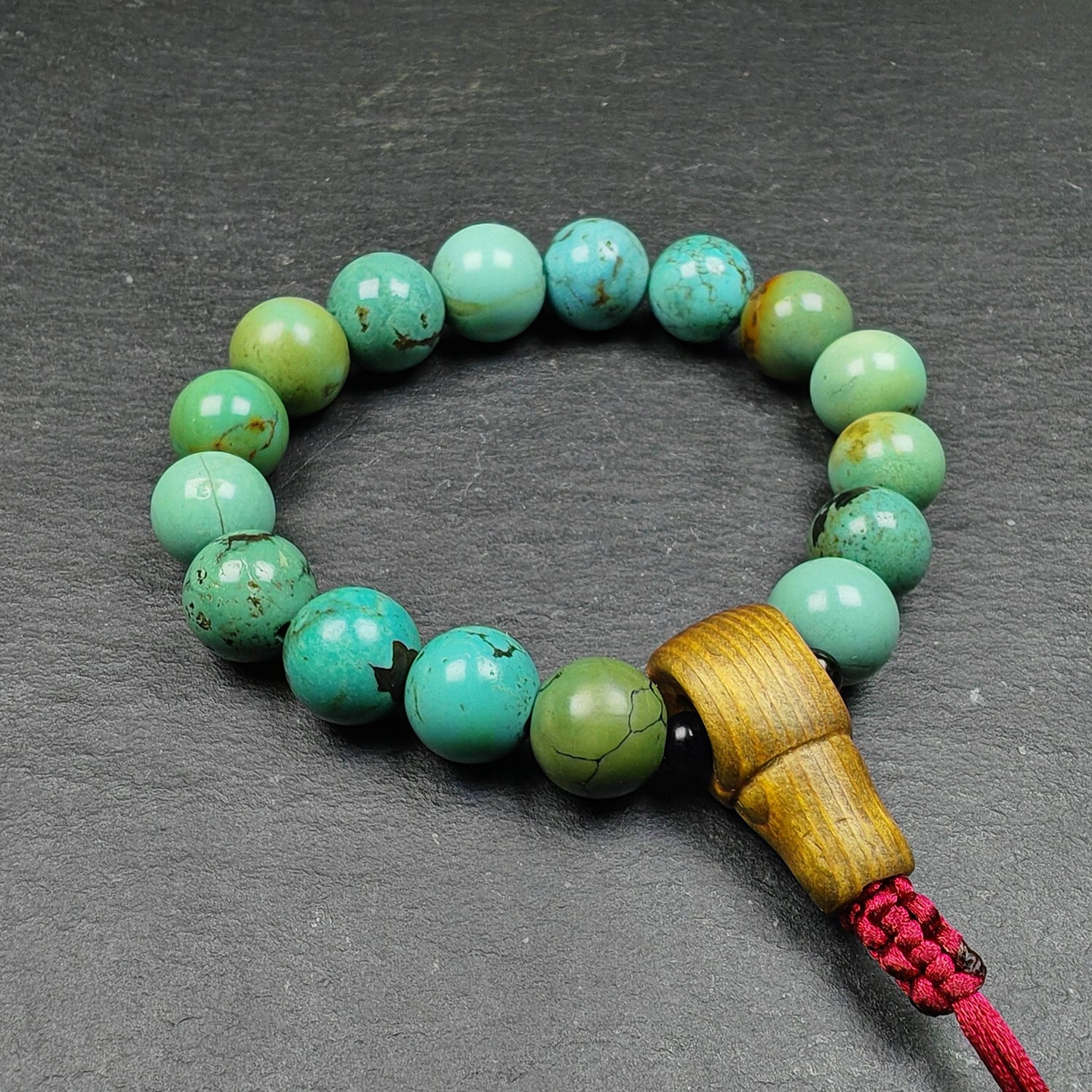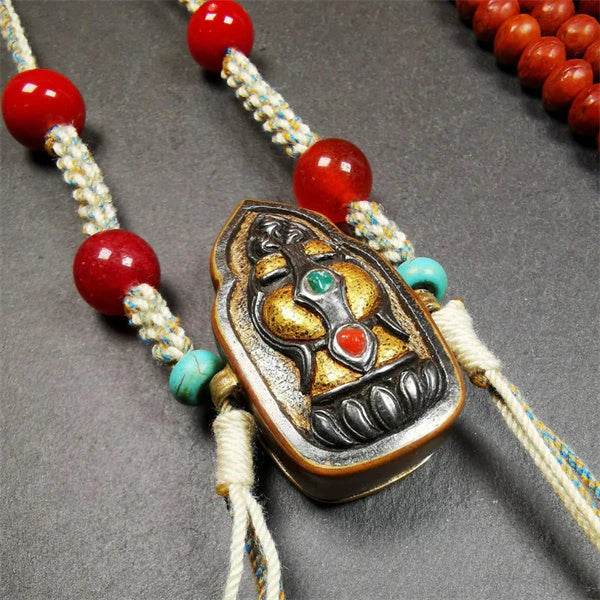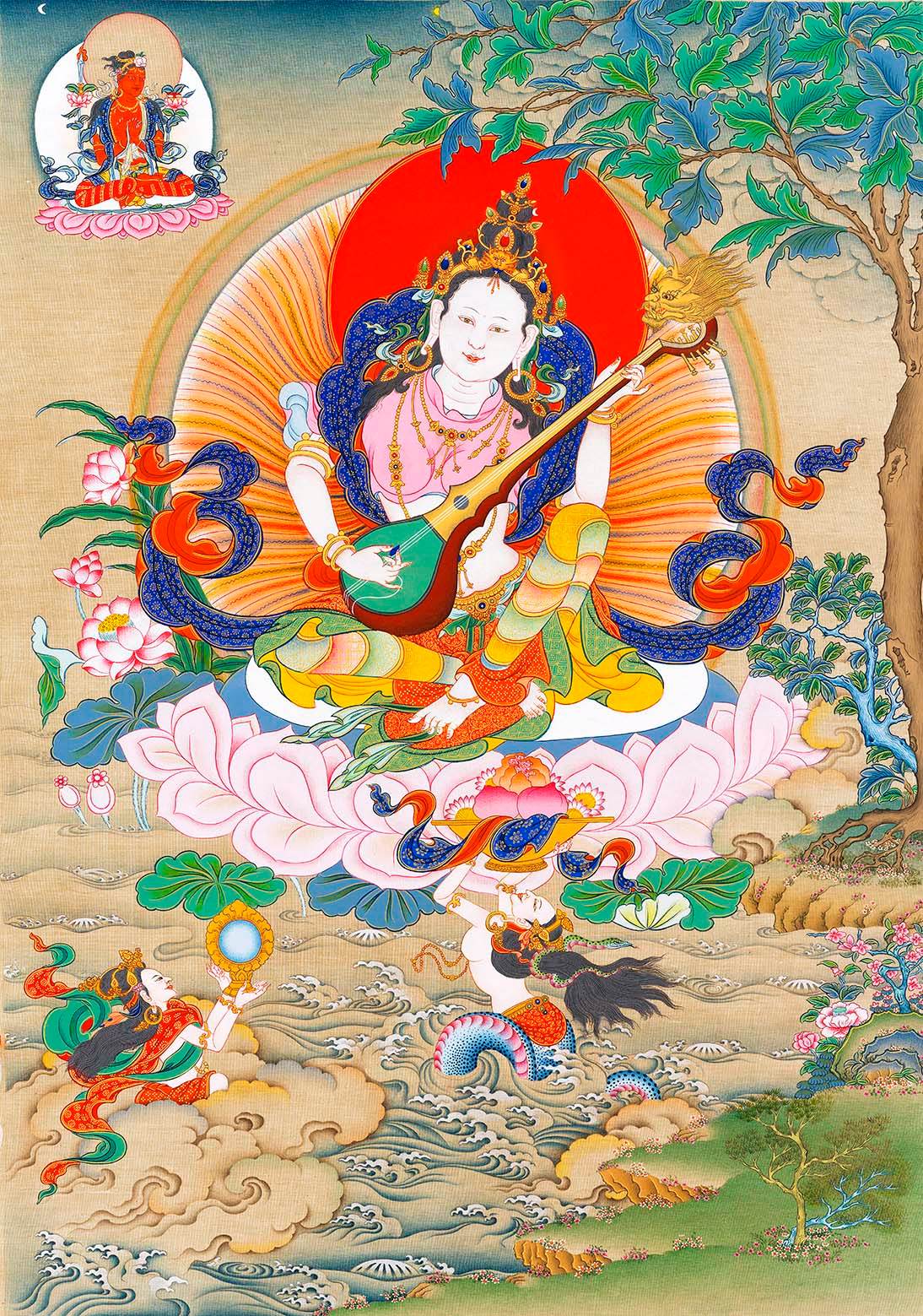
The "Gypsies" Wandering in the Himalayas ▎Painter Krishna and His Wife

Himalayan Series, painted by Kanwal Krishna
For the past fifteen years of my youth,
I have lived the wandering life of a Gypsy.
I trekked four thousand miles on foot,
traveled on horseback,
stayed ten months in Lhasa,
lived in native huts and monasteries,
climbed peaks as high as twenty thousand feet,
and created many works
in remote regions at two thousand feet.
This was my first love affair with nature.
—Kanwal Krishna

Lhasa Old Town and Potala,
Painted by Kanwal Krishna, 1939,
© Rubin Museum of Art

Vue d'un monastère à Lhassa au Tibet,
Painted by Kanwal Krishna, 1939,
©Cerca Trove Fino Art

Lhasa,painted by Kanwal Krishna,
1939,©DAG

Tse Gutor,painted by Kanwal Krishna,
1940,©DAG
Wandering Gypsy

Kanwal Krishna(1910-1993)
As one of the first artists permitted to enter Tibet
and fortunate to witness the Dongda Temple celebrations,
Kanwal Krishna poured his boundless love for the land
onto the canvas with unrestrained passion.

Trichmir from Chitral,painted by Kanwal Krishna,
1945,©Artist Gellary
Kanwal Krishna
was born in Khemrian, Punjab.
In 1938, he journeyed to southern Tibet with a monk,
where he created numerous paintings
depicting the local customs and society.

Untitled,painted by Kanwal Krishna,
©Mutual Art
In 1951, he traveled to Europe and America for further study,
studied under British printmaker William Hayter,
briefly taught at Haileybury College in England,
and later became Head of the Art Department at Modern School, Delhi.

Untitled,painted by Kanwal Krishna,
1952,©DAG
The Potala Palace in the late 1930s
Kanwal Krishna never lacked creative passion,
placing his landscapes
amidst the wave of modernist art.

Lhasa,painted by Kanwal Krishna,
1939,©DAG
The early works of this artist,
as seen so far,
vividly depict his extraordinary journeys
through Bhutan, Sikkim, and Tibet, China.

Lady of Lhasa,painted by Kanwal Krishna,
1940,©Mandrake
A youth sincere towards the snowland
is repaid with even greater warmth.
Kanwal Krishna's genius creativity
and earnest, youthful spirit
won deep affection from the Tibetan people.

Kanwal Krishna painting the
Lobsang Namgyal (1894-1945),1940,
©designpataki.com

Lobsang Namgyal,painted by Kanwal Krishna,
1940,©Mandrake
Notably,
he was the only foreign artist
granted permission to document and photograph
the grand ceremonies of the Dongda Hall.

Gentleman of Lhasa,painted by Kanwal Krishna,
1940,©Mandrake
Tied the knot.
In 1942,
he tied the knot with Devyani Krishna.
From 1949 to 1952,
the couple journeyed across the southern Himalayas,
traveling through Sikkim, the Tibet-Burma border,
and the Northwestern Frontier States.

Devyani Krishna(1910-2000)
During this journey,
Tibetan-Burmese masks,
ritual dances, and Buddhist art

The Owl and the Pig,
Painted by Devyani Krishna,1950,©DAG
Compared to her husband's unreserved love for Tibet,
Devyani Krishna created fewer works on Tibetan culture.
Yet her years of Himalayan travels
and uniquely feminine sensitivity
earned her greater artistic acclaim than Kanwal.

Mahakala,painted by Devyani Krishna
1951,©DAG
Shiva's Dance
Her printmaking journey
was a fascinating convergence—
a muse of feminine tenderness
blending ancient symbols from diverse faiths
with her introspective and scientific explorations.

Allah Series I,painted by Devyani Krishna
1970,©DAG
Devyani's works are conceptual
and ethereal.
Her depictions of Allah
using Arabic calligraphy
are particularly renowned.
Her paintings flow,
defying clear form.

Allah Series II,painted by Devyani Krishna
1970,©DAG
As critic Richard Bartholomew remarked:
"It's hard to describe the power of her paintings...
Like a great choreographer
compressing an entire dance
into a single ideogram—
much like Shiva's Dance."

Nagas,painted by Devyani Krishna,
1970,©DAG
The imagery of genius
Kanwal Krishna and Devyani Krishna's journey
was a continuous experiment and exploration.
Their nomadic travels across the Himalayas
left an extraordinary impact on the art world.

Dual Biography of the Krishnas:
Kanwal Krishna and Devyani Krishna
by Ajit Kumar Dutta, 1994
Their fascination with Tibetan and Buddhist culture
deeply merged with their artistic creations.
Through the imagery of genius,
they immortalized the myriad experiences
that unfolded before them during their Himalayan travels.

Gay Scorpions,painted by Kanwal Krishna,
1962,©Artsy
Regional, ethnic, and national conflicts
made Krishna witness war's tragic aftermath firsthand.
He often depicted shattered landscapes and hillsides.
In Shivering Sun,
luminous mist trapped by colliding and intersecting trapezoids
forms an unstable geometric mass—
alive and pulsating.
These abstract shapes
hint at the earth's instability.

Shivering Sun,painted by Kanwal Krishna,
1960,©Grey Art Gallery
As Devyani explained the aesthetic essence of her work Veiled Mask:
"No, it isn't sad—
it's a veiled mask,
hardly shaped as someone definite.
Just a person wearing two masks."

Veiled Mask,painted by Devyani Krishna,
1975,©DAG







2 commenti
idgc6l
l285bt